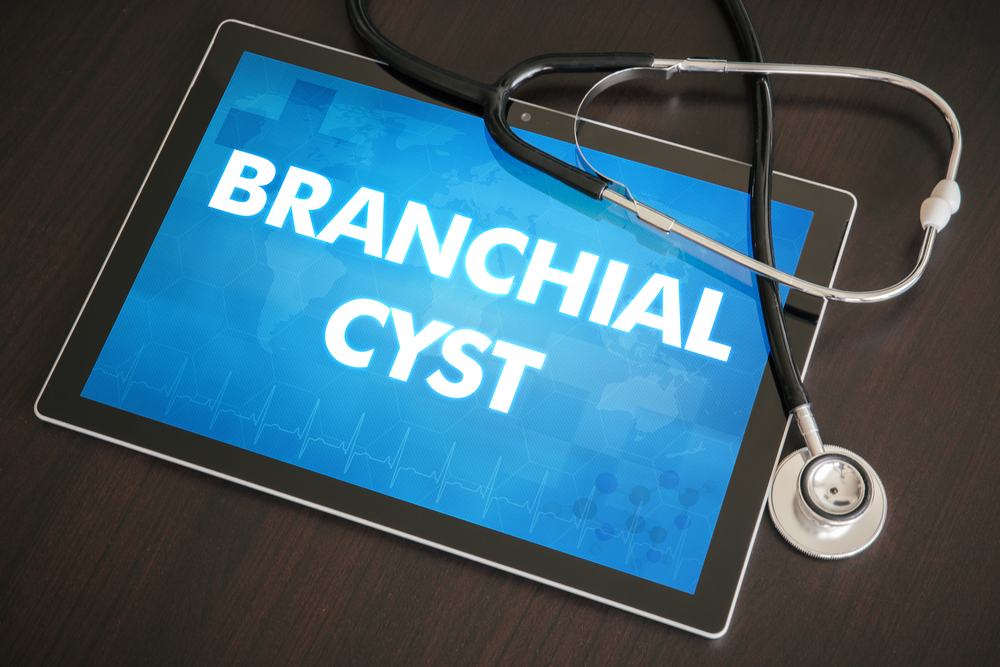DIAGNOSIS
Because of the relative ease in locating the swelling, the diagnosis of branchial cysts is usually performed clinically. Masses typically form anterior to the sternocleidomastoid muscle. They can occur in other nearby regions as well. Depending on the structured location, the branchial cyst can be classified into the following:
First branchial cleft cysts
These occur just below the ear where it meets the jawline. The first branchial cleft cysts account for 8% of all sinuses and cysts of the neck.
Second branchial cleft cysts
This is the most common structure, with over 90% of all branchial cyst cases falling under this classification. Second branchial cleft cysts occur in the anterior neck, medial to the facial nerve, and just anterior to the sternocleidomastoid muscle. If an internal opening is present, it should be in the tonsil region.
The infection of second branchial cleft cysts can introduce several complications. Either the trachea or the oesophagus becomes compressed. Effects include dysphagia (difficulty in swallowing), torticollis (wry neck), and other respiratory problems.
Third and Fourth branchial cleft cysts
The third and fourth branchial cleft cysts occur in the lower neck. They are the rarest of the types, accounting for only 2% of all branchial arch abnormalities. The cyst starts in the lower lateral neck and travels deep within the throat region. The infection of third and fourth branchial cleft cysts can cause tracheal compression in children.
TREATMENT
Surgical excision is the preferred treatment for branchial cysts. Otherwise, the person carrying the cysts can opt not to get treated at all. Recurrence is not expected post-surgery.
Similar Structures
Swelling in the neck is not limited to branchial cysts. The following are similar structures that may be confused for a branchial cyst:
- Sebaceous (oil) cysts
- Lipomas
- Thyroglossal duct cyst
- Cystic hygroma
- Thyroid gland swelling
If unsure, coordinate with your doctor to ensure you get the correct diagnosis.


